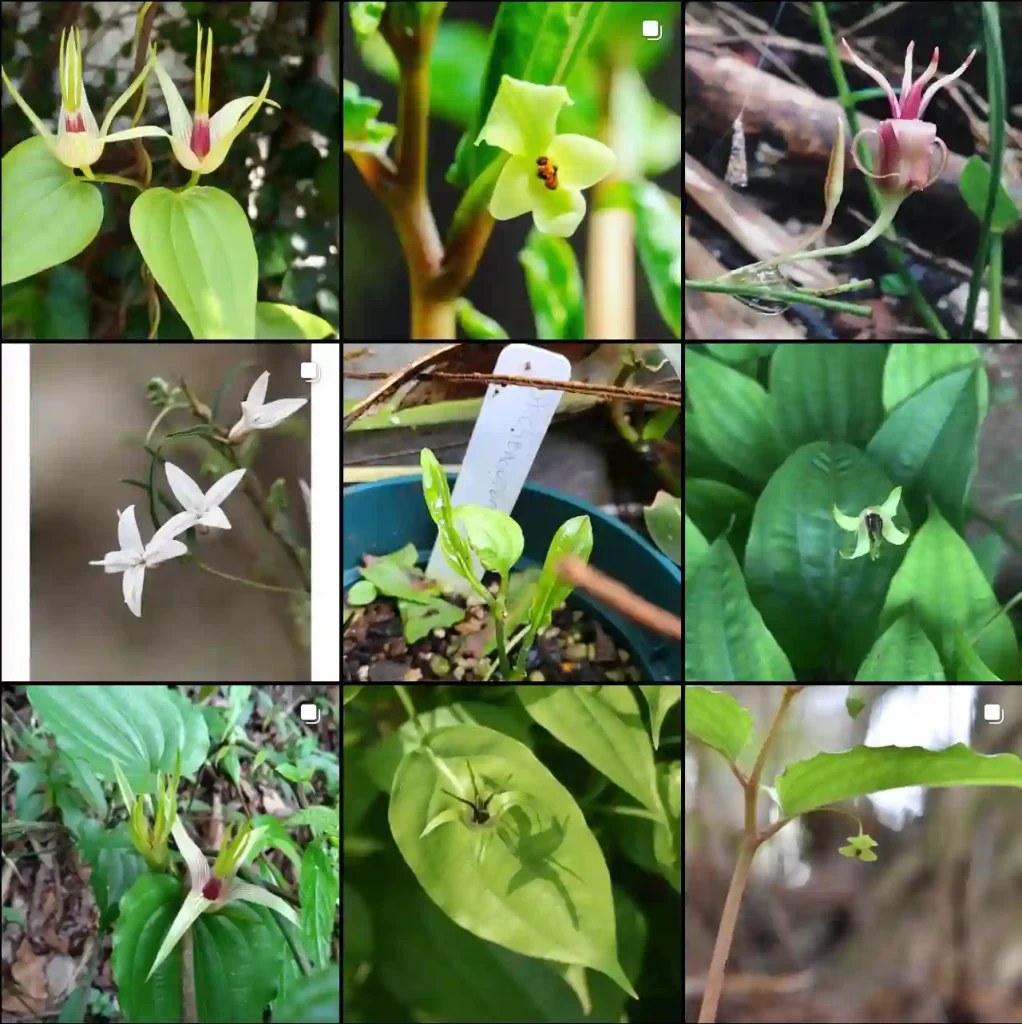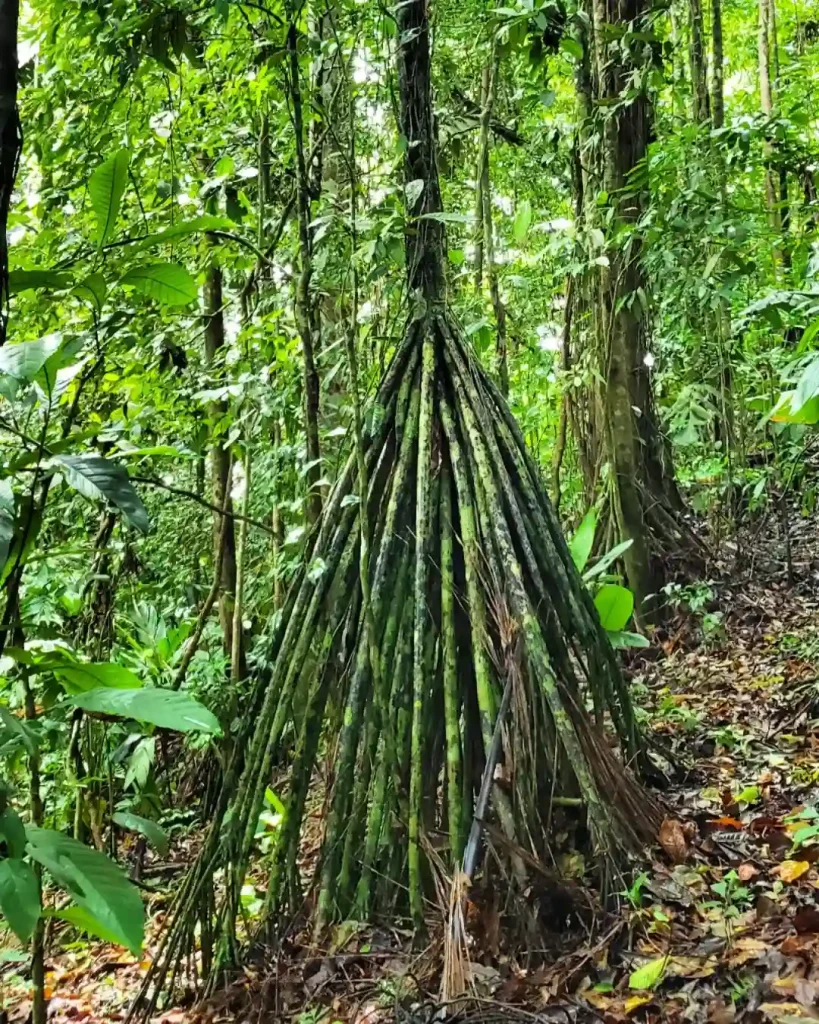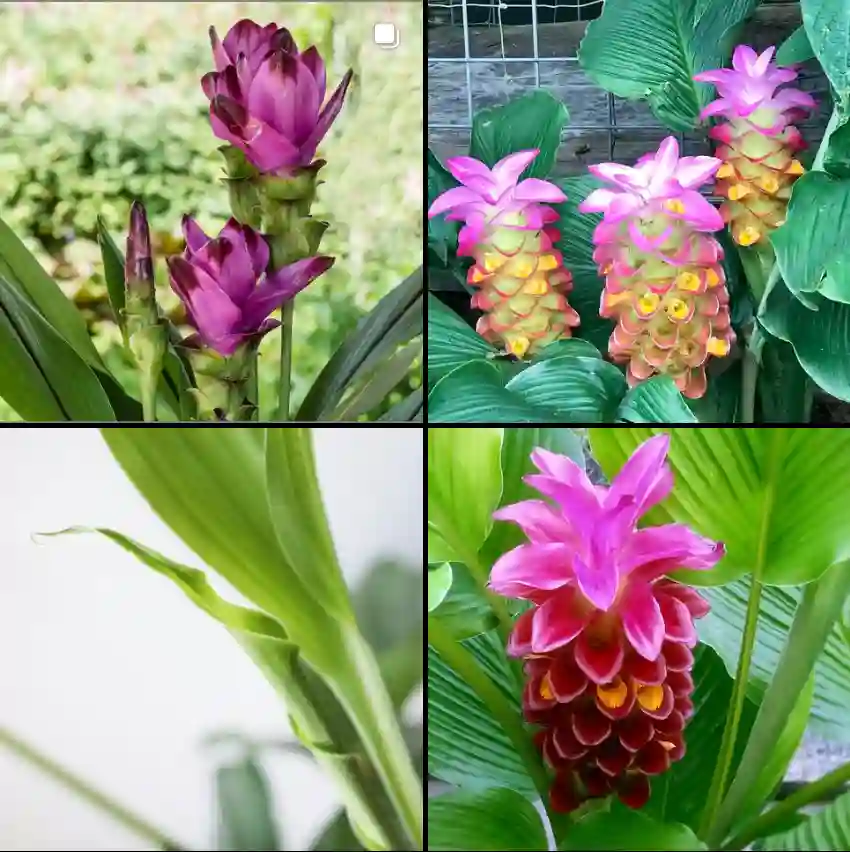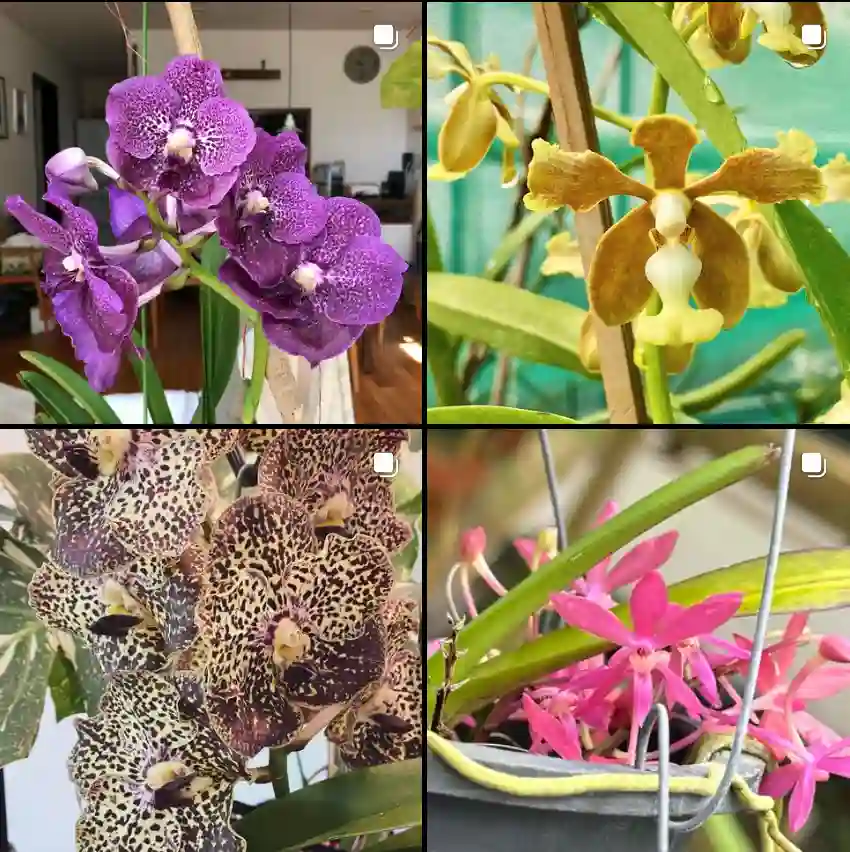The Allure of the Nepenthes Maxima: A Passionate Grower’s Guide
For years, I’ve been enthralled by the captivating beauty of carnivorous plants. But among them all, the Nepenthes maxima holds a special place in my heart. Its elegance, with cascading pitchers resembling works of intricate glass art, never fails to amaze. But its allure goes beyond aesthetics – the Nepenthes maxima boasts a fascinating biological marvel, luring unsuspecting prey into its digestive traps.
However, cultivating this tropical wonder requires a specific approach. After countless hours spent researching and nurturing my own Nepenthes maxima, I’ve compiled this guide to share my experiences and equip fellow carnivorous plant enthusiasts with the knowledge to thrive.
Plant Family: Nepenthaceae – 207 Species in Genus Nepenthes
What is Nepenthes Maxima?
The Nepenthes maxima is a mesmerizing pitcher plant native to the Indonesian islands of Sumatra and Borneo. It flourishes in the warm, humid climate of the tropical highlands, typically found at elevations between 1,000 and 2,000 meters. This unique plant is known for its vibrantly colored pitchers, which range from deep red to emerald green, often adorned with intricate speckles and stripes.
These spectacular pitchers aren’t just for show – they’re the key to the Nepenthes maxima’s carnivorous nature. The Nepenthes secretes a sweet, alluring nectar around the rim of the pitcher, attracting insects. Once an unsuspecting victim lands, the slippery surface inside the pitcher makes escape nearly impossible. The plant then secretes digestive enzymes, slowly breaking down the trapped prey and absorbing its nutrients.
How to care for Nepenthes Maxima?
Now that you’re captivated by the magic of the Nepenthes maxima, let’s delve into the secrets of creating a thriving environment for this exotic beauty.
Light and Temperature: Mimicking the Mountains
Imagine lush, misty mountain slopes bathed in dappled sunlight – that’s the ideal light situation for your Nepenthes maxima. Aim for bright, indirect sunlight for several hours a day. South, east, or west-facing windows with sheer curtains can provide suitable conditions. Be mindful of harsh midday sun, which can scorch the leaves.
Temperature-wise, the Nepenthes maxima thrives in warm conditions, with a daytime range of 75°F to 85°F (24°C to 29°C) and a nighttime drop of 10-15°F (5-8°C) being ideal. This mimics the cool nights of its natural mountain habitat.
Watering Wisely: The Art of Maintaining Moisture
Nepenthes maxima, like most carnivorous plants, despise soggy soil. However, they also detest drought. The key lies in achieving a consistently moist yet well-draining medium. Here’s how to strike the perfect balance:
- Watering: Use distilled or rainwater whenever possible, as tap water contains minerals that can harm the plant. Water deeply when the top inch of the potting mix feels dry.
- Drainage: Ensure your pot has drainage holes to prevent waterlogging. Consider using a well-draining potting mix specifically formulated for carnivorous plants.
Humidity: A Breath of Tropical Air
High humidity is paramount for Nepenthes maxima success. Aim for a humidity level between 70% and 80%. Here are a few strategies to achieve this:
- Pebble Tray: Place your pot on a tray filled with pebbles and water. As the water evaporates, it increases humidity around the plant.
- Grouping Plants: Cluster your Nepenthes maxima with other humidity-loving plants to create a microclimate.
- Humidifier: Consider using a humidifier, especially during dry winter months.
Feeding Your Nepenthes Maxima: A Delicate Balance
While your Nepenthes maxima can obtain some nutrients from its prey, occasional feeding can boost its health and encourage pitcher production. Here’s the lowdown on responsible feeding:
- Frequency: Feed only during the active growing season (spring and summer) and no more than once a month.
- Diet: Avoid processed foods or meat – stick to crushed bloodworms, freeze-dried insects, or diluted orchid fertilizer.
- Quantity: Less is more. A tiny amount of food placed directly in the pitcher is sufficient.
Beyond the Basics: Additional Care Tips
- Potting: Repot your Nepenthes maxima every 1-2 years using a fresh, well-draining potting mix.
- Pests and Diseases: Regularly inspect your plant for signs of mealybugs, aphids, or fungal infections. Treat promptly with organic methods whenever possible.
- Pruning: Prune any dead or diseased leaves to encourage healthy growth.
The Enchanting Reward: Witnessing the Magic Unfold
With dedication and these consistent efforts, you’ll witness the magic of the Nepenthes maxima truly unfold. Witnessing the first delicate pitcher emerge, its form slowly morphing from a bud into a captivating trap, is a sight that never loses its charm. Observing the vibrant colors and intricate patterns on these pitchers is a constant reminder of the plant’s otherworldly beauty. But the true thrill lies in the unexpected. Spotting a curious insect lured by the sweet nectar, only to find itself trapped within the pitcher’s slippery embrace, is a testament to the fascinating predatory nature of the Nepenthes maxima. As you cultivate this extraordinary plant, you’re not just nurturing a unique specimen; you’re becoming part of its captivating story, one filled with beauty, intrigue, and the wonders of the natural world.
If i die, water my plants!



